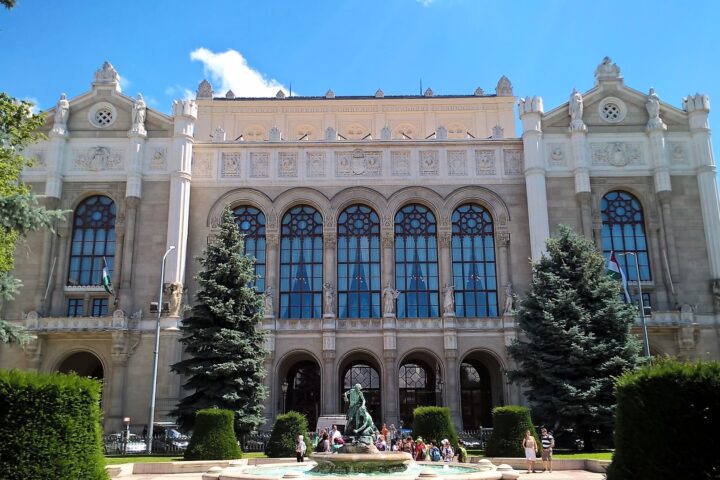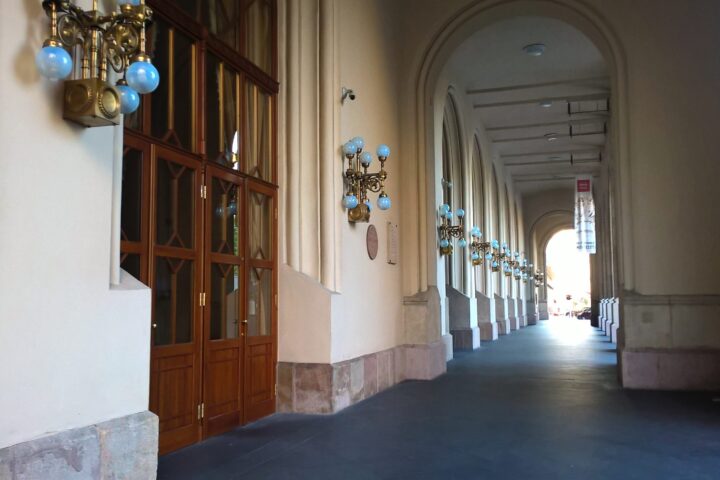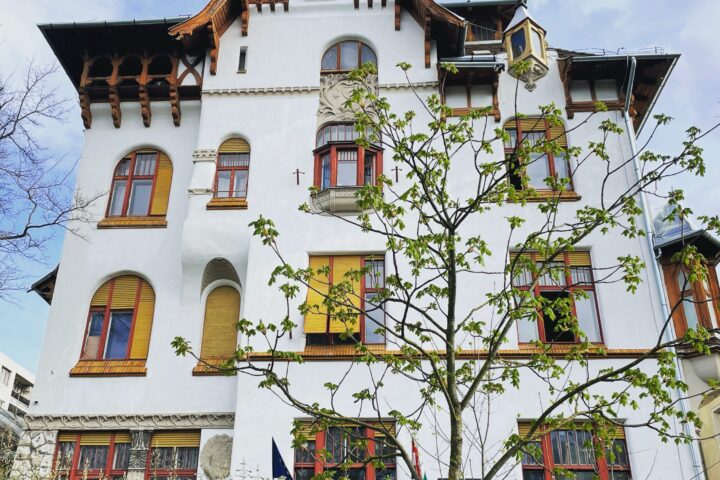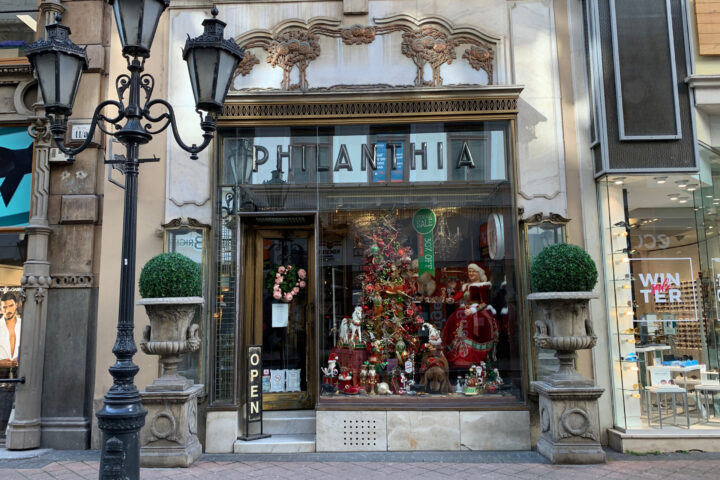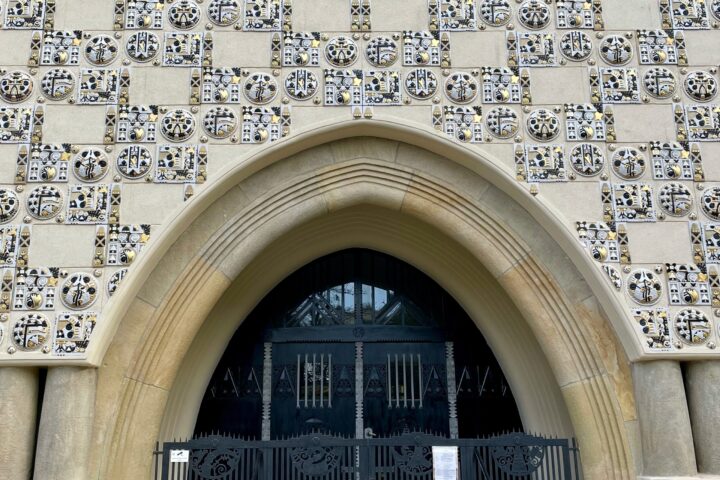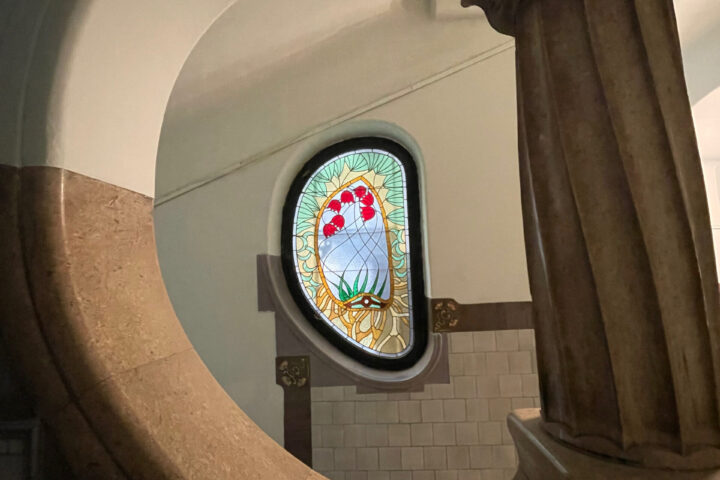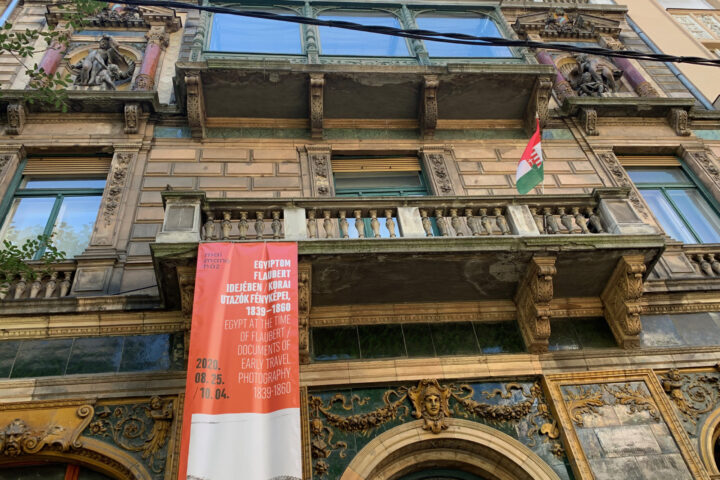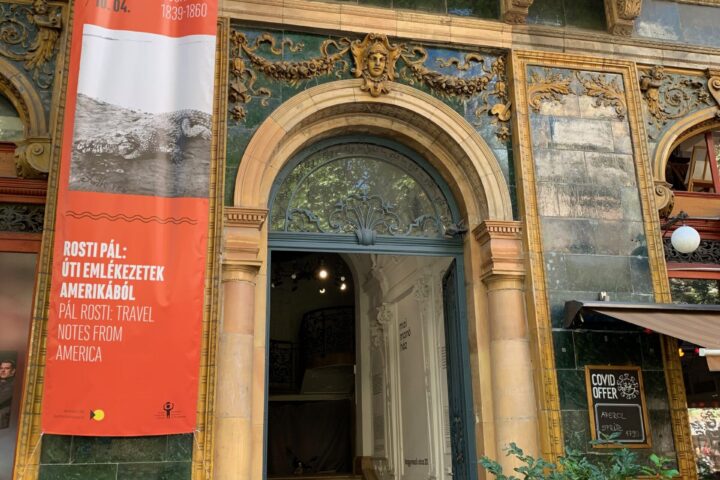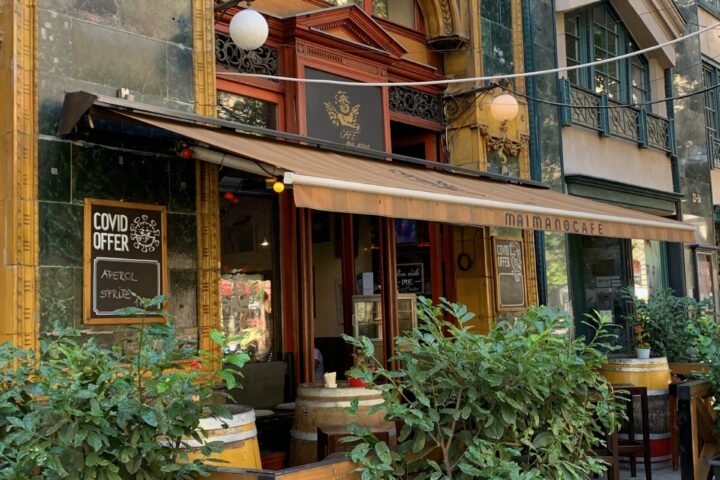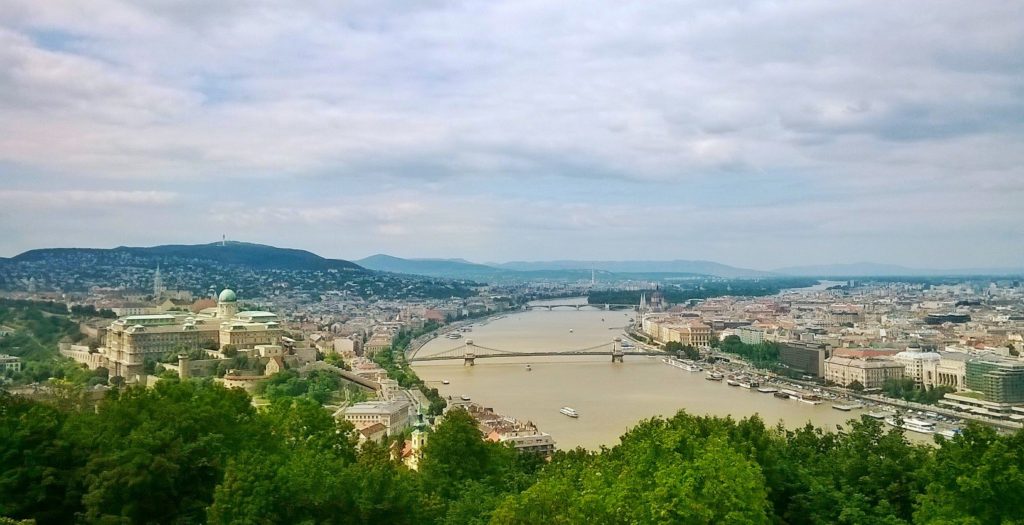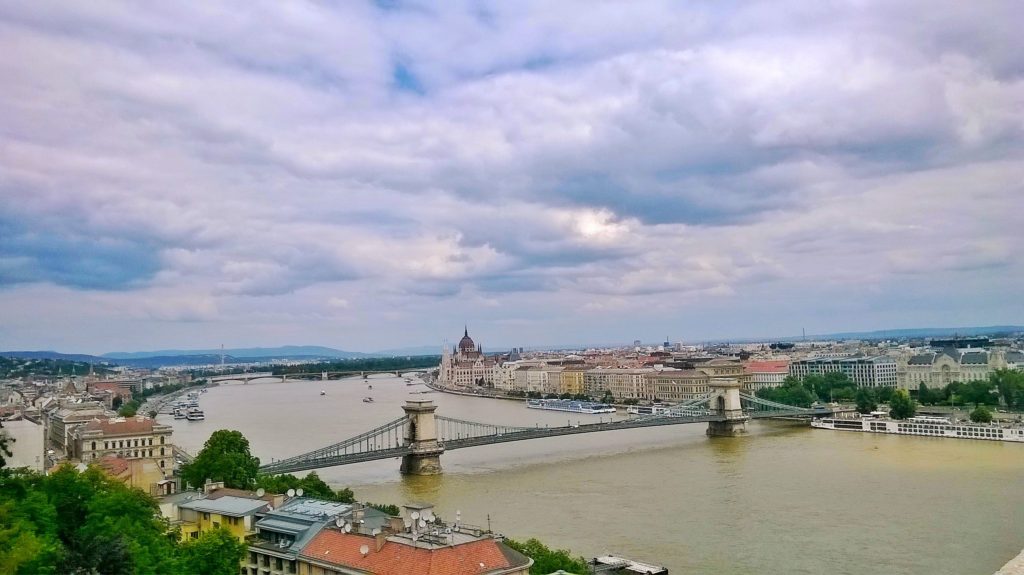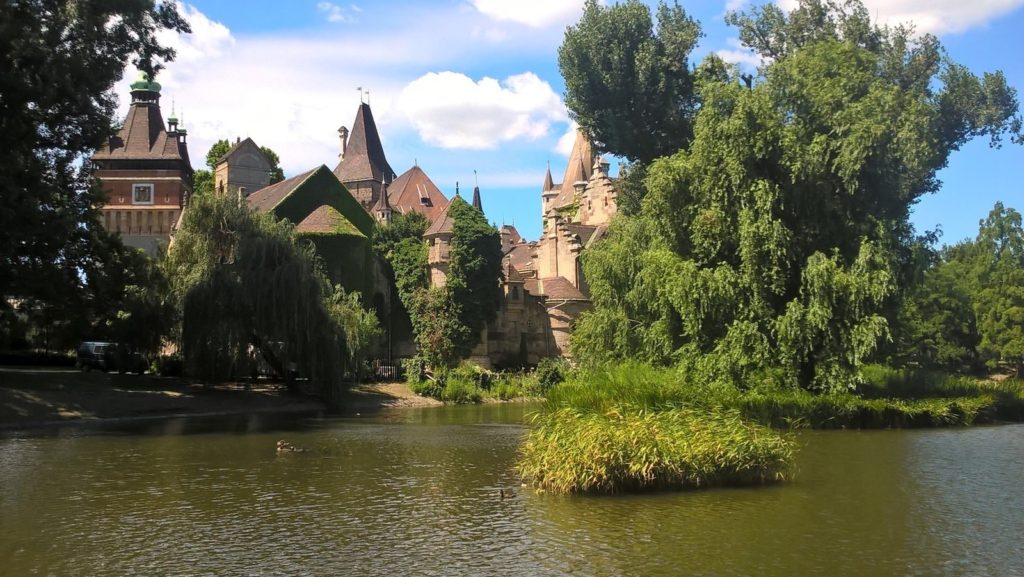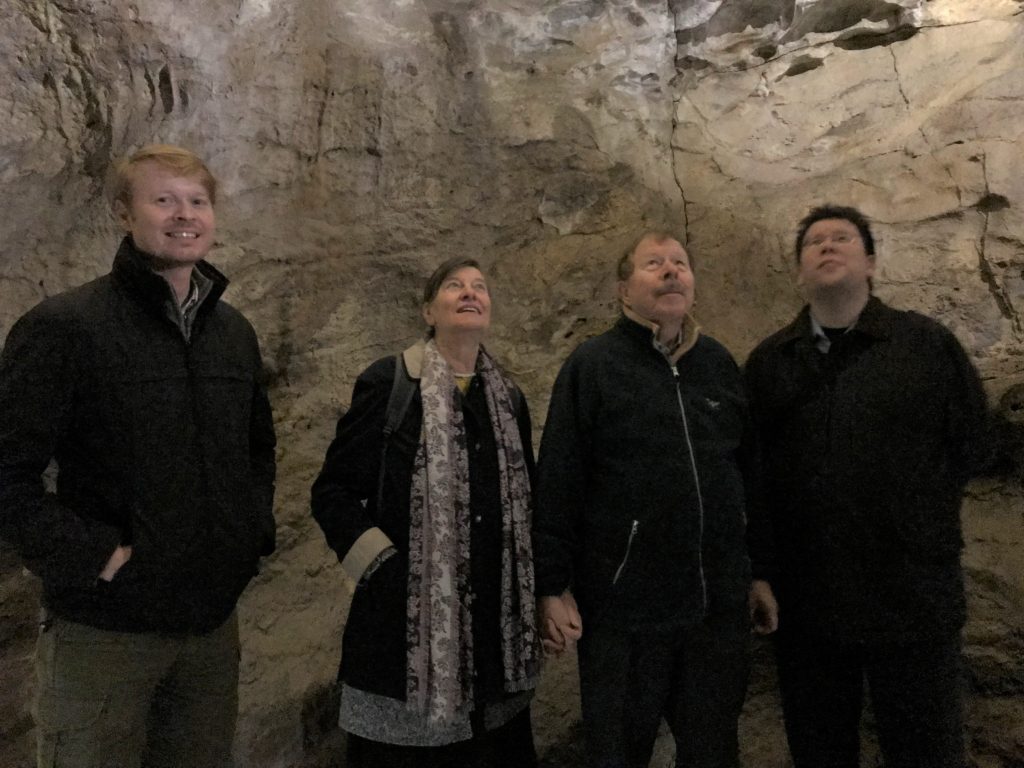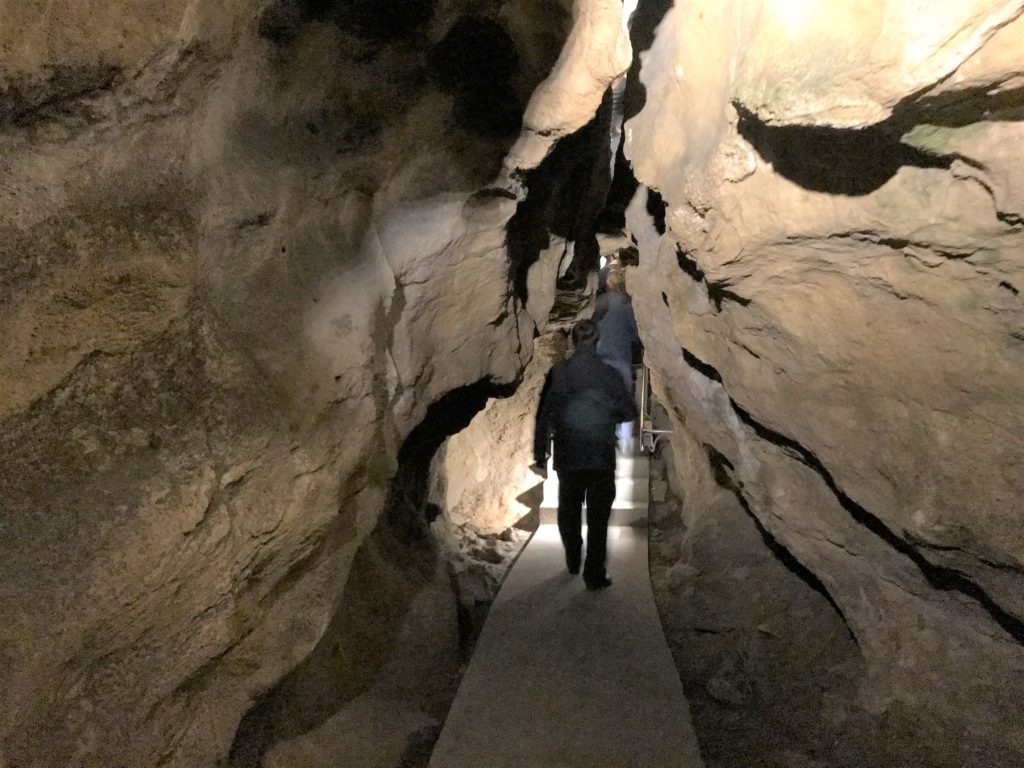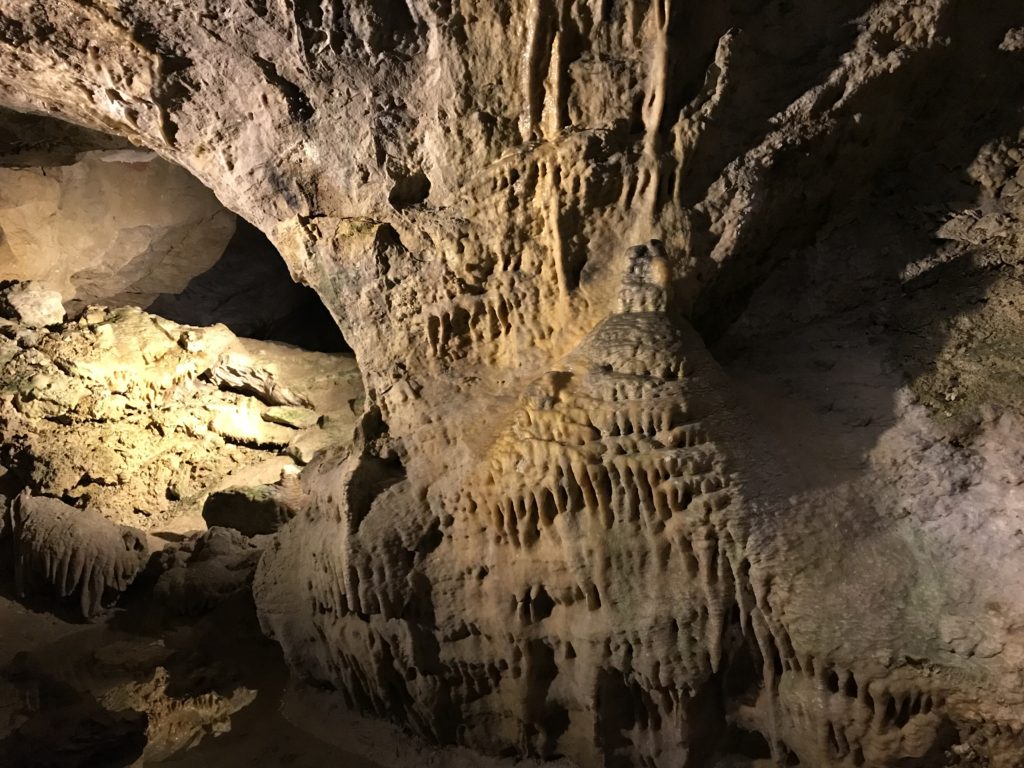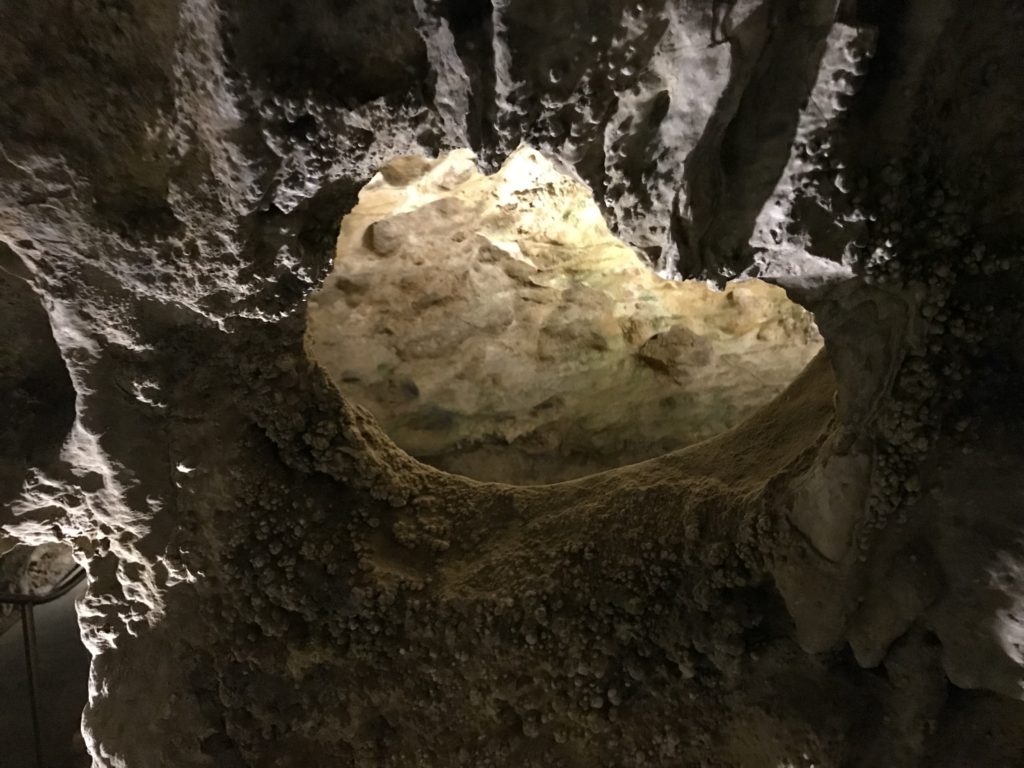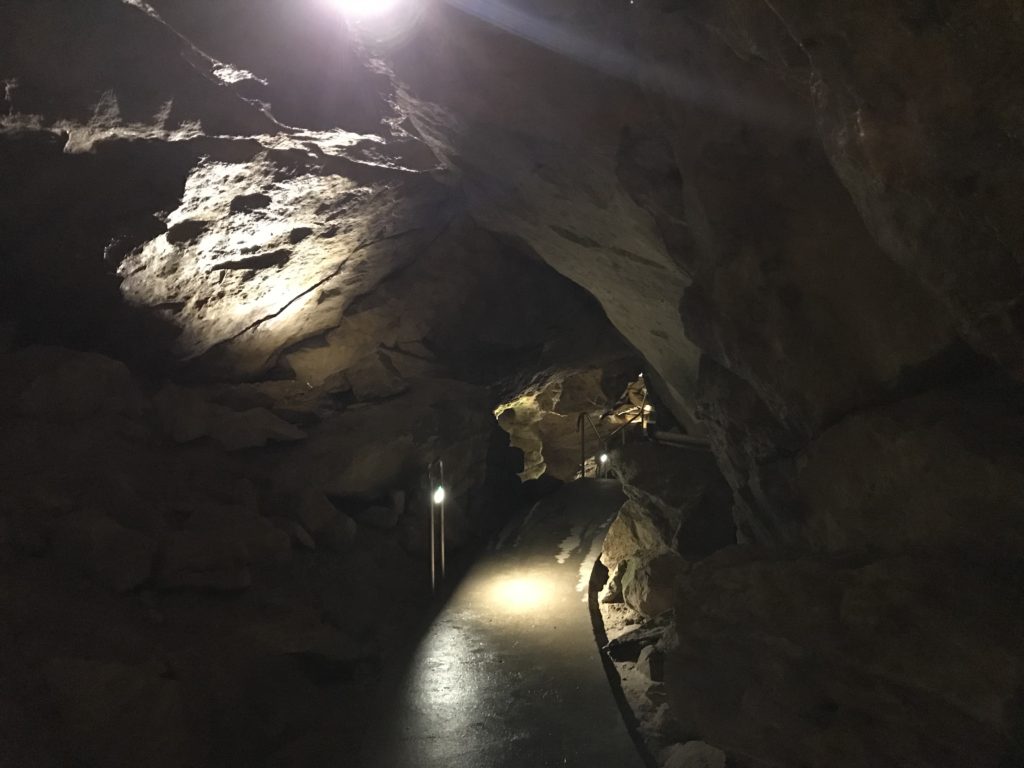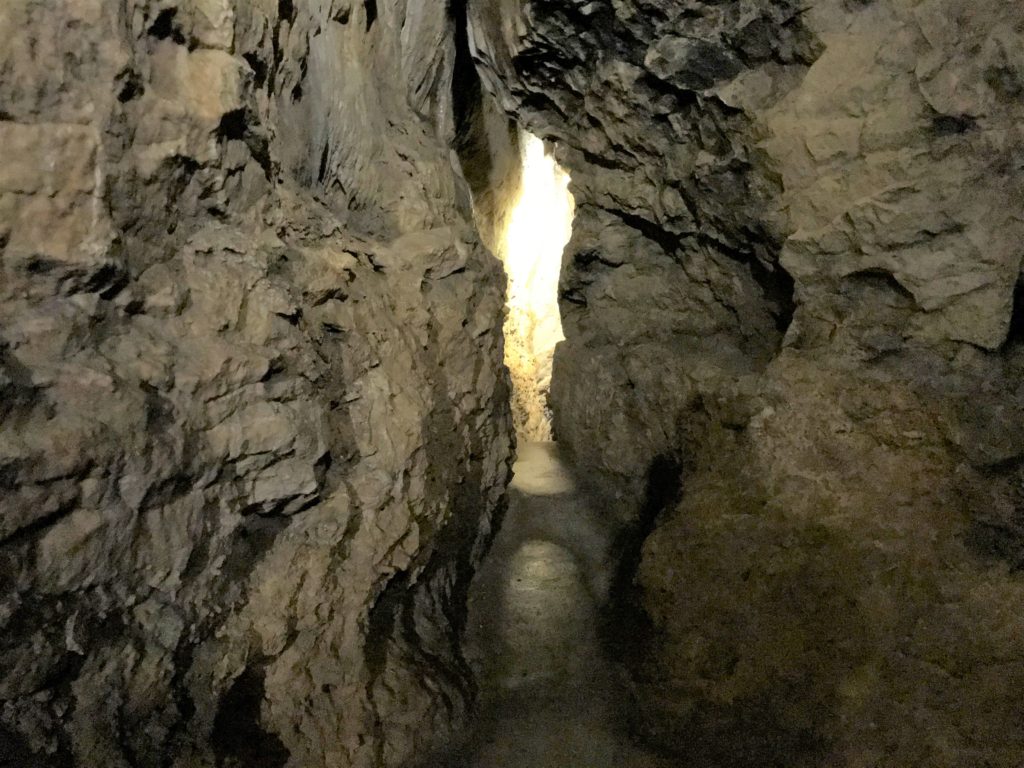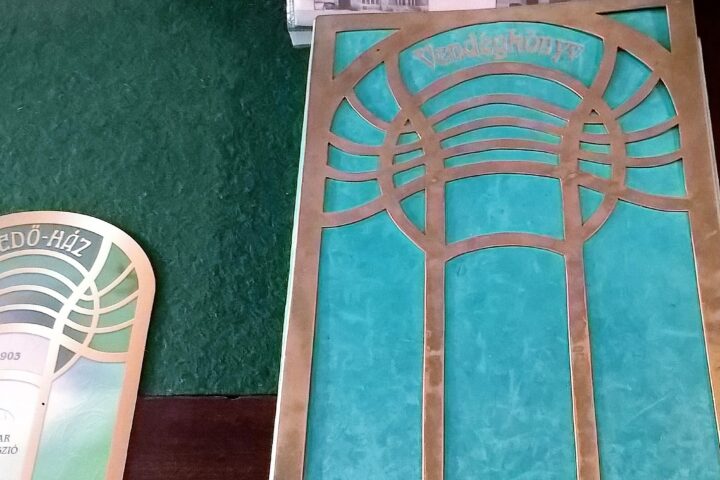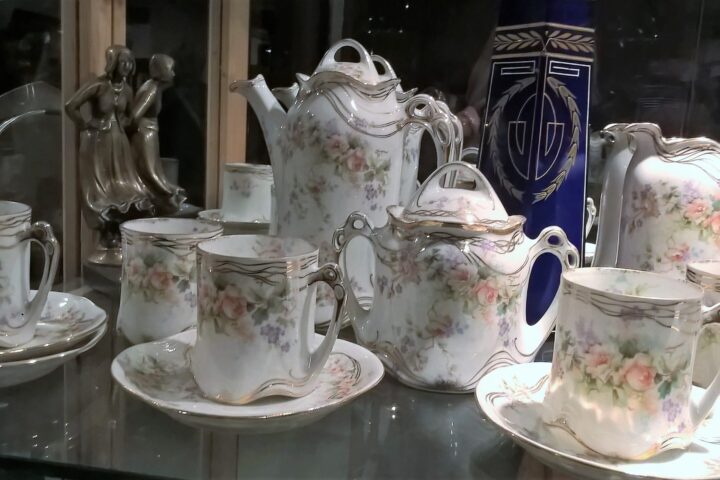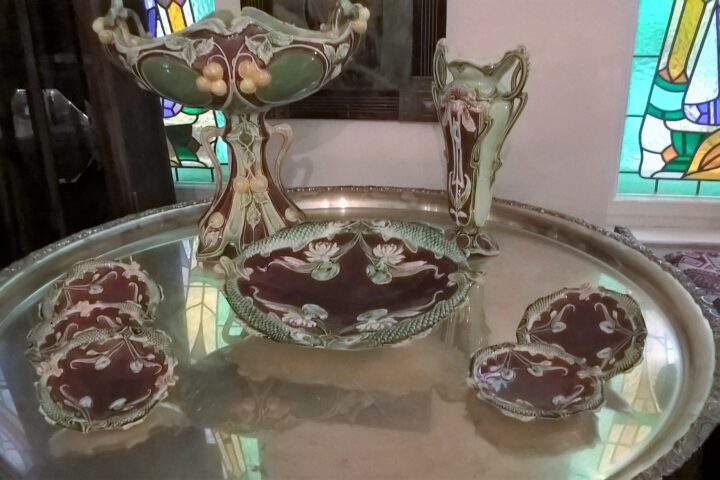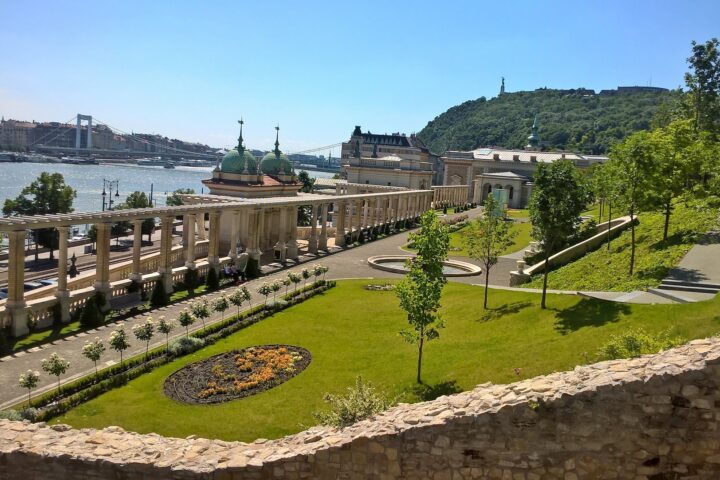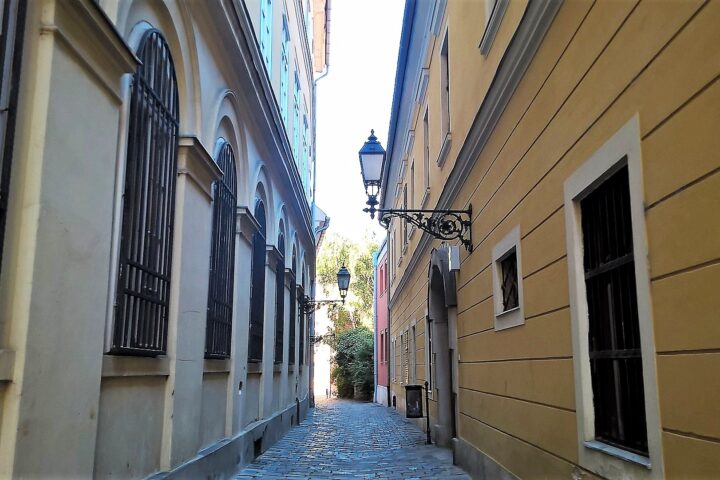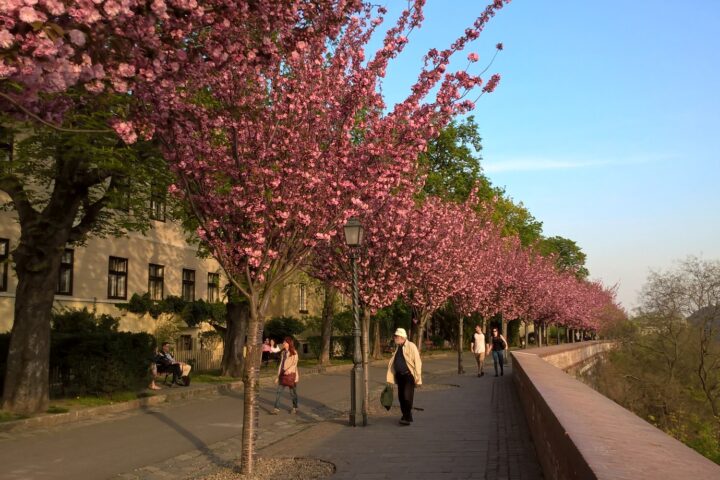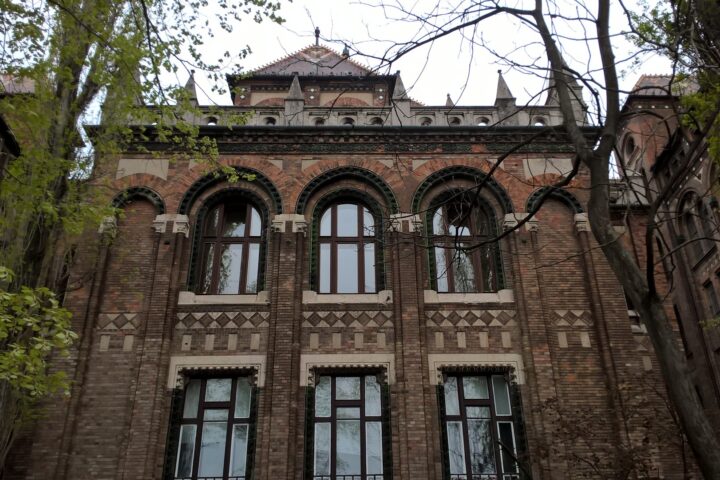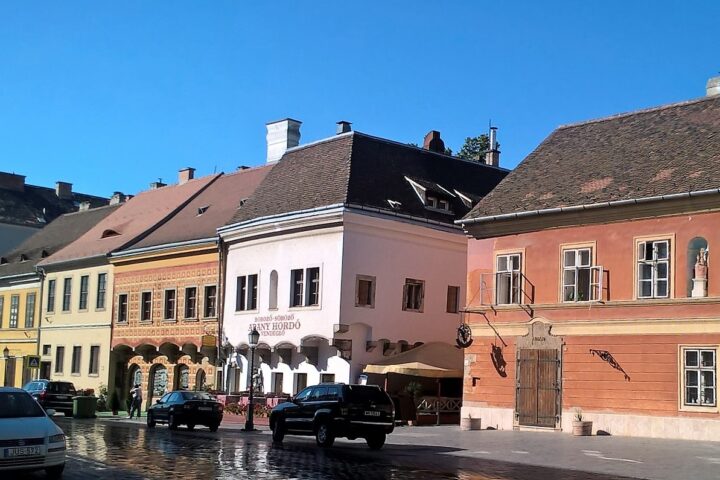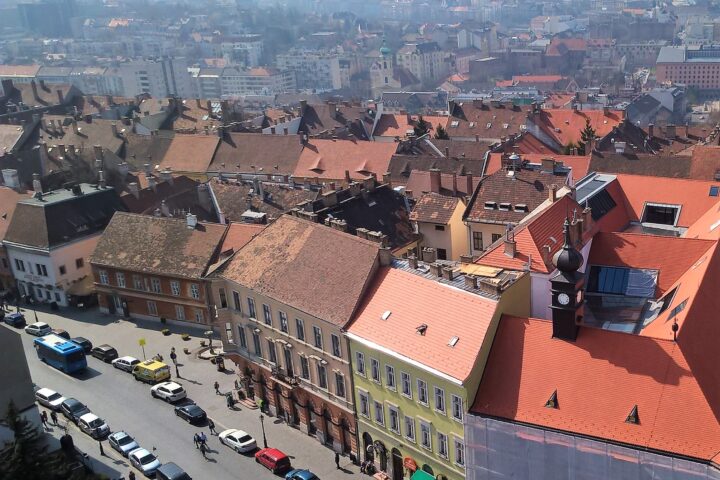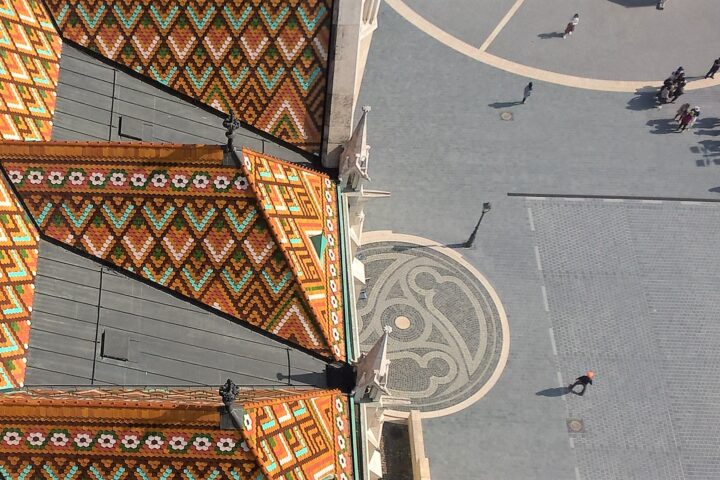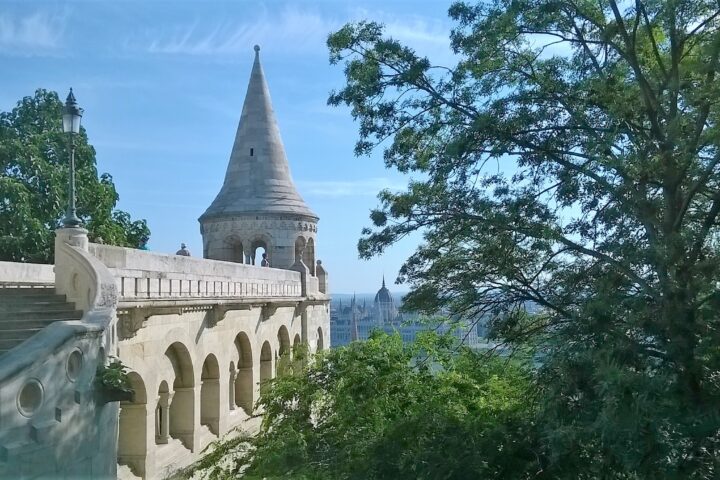There is this beautiful building along the Danube, one that everybody notices from across the river because it stands out with its beauty and charm. The Pesti Vigadó is a concert hall, an exhibition space, and also a pretty building to discover. The building is from 1859 and was designed by Frigyes Feszl, whose main concept was to create a truly Hungarian Romantic style. The building was unfortunately badly damaged during WW2, but was rebuilt to its original style and beauty. You can buy tickets for a tour in the building or for an event, you won’t be disappointed.
I was organising my Beautiful Budapest photographs last week and found some real gems. My Art Nouveau tour is really very popular, I understand why, the buildings are magnificent, the stories are very interesting and there is so much amazing symbolism about the Hungarian Art Nouveau. Here is a little gallery of my top favourite Budapest Art Nouveau details.
There are a few buildings that I love in Budapest, Mai Manó House is one of them. It’s such a special building near Andrássy avenue, full of little details and a facade that tells you many stories. We walk by the building very often while we discover the Pest side of the river.
It was designed for Mai Manó, photographer of Emperor Franz Joseph in the 1890’s. As he was a renowned photographer, his profession was clearly demonstrated on the facade, you can see the little angels holding cameras and you can also observe the muses of photography. The main front of the building is full of colours and is richly decorated by colourful ceramic tiles. The style is Neo-Renaissance with a lot of flower and animal motifs.
The House of Photography is home to permanent and temporary exhibitions, and the interior is just as fascinating as the outside.
I’m delighted to see how many people explore my beautiful Budapest as part of their river cruise. I know that while on a cruise travellers have very limited time to discover each place.
That’s the reason why I offer Shore Excursions, fully customisable driving and walking tours, so that each and every visitor can make the most of their time in Budapest. I know what the cruise companies offer on their tours, and I’ll make sure I see you much more when you decide to book a private tour with me. The tours include driving and walking tours in both Budapest and the beautiful Hungarian countryside.
Don’t hesitate to get in touch with me for further details or to book a tailor-made tour!
I’m very fortunate to have special requests all the time to customize Budapest tours according to my travellers’ preferences. Today we had the chance to visit the Pálvölgyi caves, which is actually the longest cave in Budapest. The visit is about 60 minutes and you can see different stone formations, unique dripstones and prints of primeval shells.
Another advantage of hiking in the caves is that the temperature is constantly 11 degrees Celsius / 52 degrees Fahrenheit, so it’s relatively warm in the winter and pretty cool in the summer.
Why do I like Art Nouveau so much? Because it’s probably the one and only architecture being different in the different European countries. Every country has a special, unique and very characteristic style and it’s nicely reflected in the cities’ architecture.
I very often guide tours of Budapest Art Nouveau buildings (Art Nouveau walk), I find their architecture, their ornaments and their stories absolutely stunning. The most important caracteristics of the Hungarian Art Nouveau are the asymmetrical shapes and curved lines, floral and plant-inspired ornamentation, animal patterns and the rich use of mosaics and ceramic tiles.
Although the period of the Hungarian Art Nouveau didn’t last too long, the colorful and richly ornate buildings looking like jewellery boxes dominate our cityscape even today. The most beautiful furnitures, tea sets and pieces of art can be found in the House of the Hungarian Art Nouveau – Magyar Szecesszio Haza.
The Buda Castle district is the oldest part of Buda, many of the buildings are originally from the Middle Ages. Buda became the capital of Hungary by the middle of the 13th century, the castle and the medieval town were constructed in the top of the Castle hill.
I don’t want to disappoint you but The Castle district is not a real castle. The Hungarian Medieval castle, residence of many of our great kings, constructed in Gothic and Renaissance architectures was destroyed in the 17th century. Only some parts of it are accessible in the Budapest History Museum, unfortunately the rest of the castle rest in the ground now.
You can walk up the hill along the ramparts of the Medieval Castle to get to the 18th century Baroque Palace which houses the Budapest History Museum and the National Gallery. The cobblestoned streets of the historical old town of Buda lead you to the Matthias Church, one of the oldest churches of the city originating from the 13th century. If you have some time, you really need to climb the 197 stairs to the church tower from where you can have the best view over our beautiful city.
From the top of the Fisherman’s Bastion you can enjoy the panorama over the Parliament building and the Pest side.
Continue your walk in the civilian town, admire the unique architecture of the National Archives and wonder around the old Jewish quarter. Probably the most interesting fact about the distric is that there is a 12 km long underground cave and cellar complex underneath the Castle District. There are 2 museums where you can discover this unique labyrinth. The Hospital in the Rock was a military hospital during WW2 and a nuclear bunker during the Communist era. The Labyrinth museum is all about scary fun and you might also meet Dracula, the infamous vampire count.
I’d be glad to show you the famous attractions and the hidden treasures of the neighborhood, too, book the Buda Castle walk!
